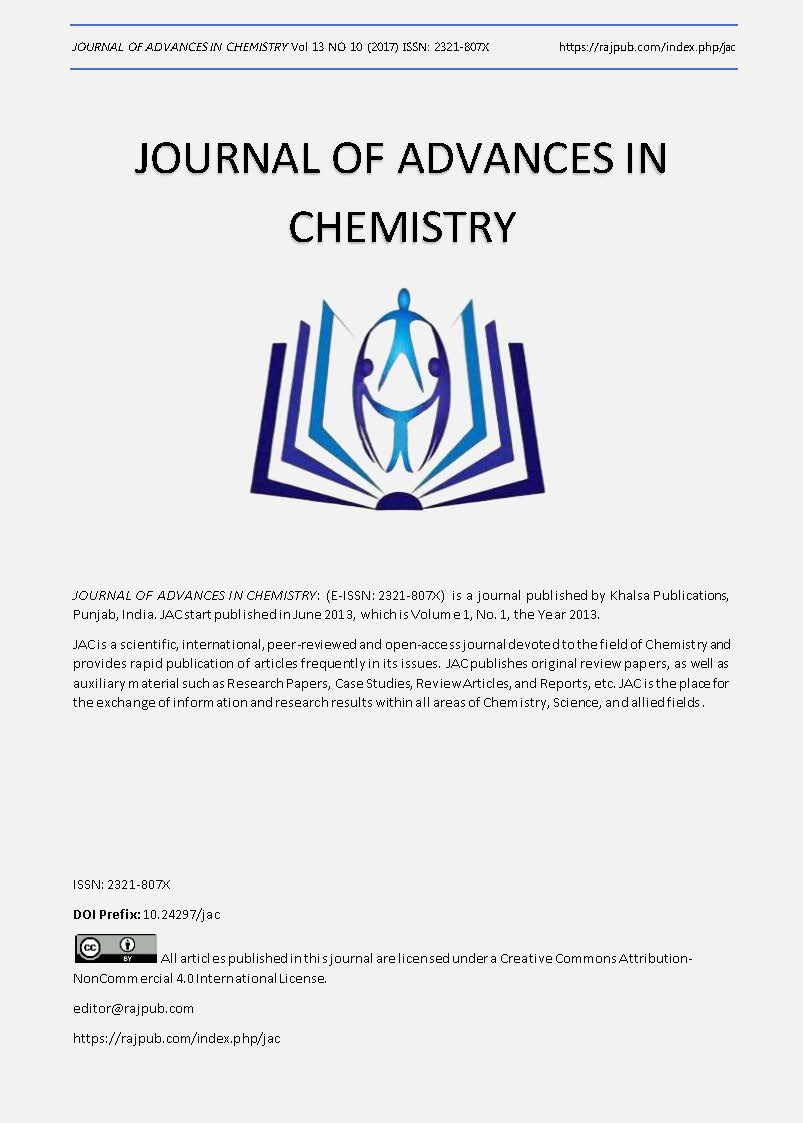HYDROGEOCHEMICAL QUALITY OF GROUNDWATER IN PERUMAL LAKE, KURINJIPADI TALUK, CUDDALORE DISTRICT, TAMILNADU, INDIA
DOI:
https://doi.org/10.24297/jac.v13i10.5806Keywords:
Geochemistry, water quality., Major ion chemistry, Hydro-geochemical facies, Irrigation, water qualityAbstract
A study was carried out to determine the groundwater quality in parts of Perumal Lake, Kurinjipadi Taluk, Cuddalore district, Tamilnadu. Totally, 12 groundwater samples were collected at different parts of study area and 16 water samples from surface reservoirs (Perumal lake) and analyzed for physicochemical parameters (pH, EC, TDS, TH, Na, K, Ca, Mg and Cl, SO4 , HCO3- , NO3 ) in order to understand the hydro geochemistry of the water. The results of analysis were interpreted with geology and geomorphology of the area and also by various geochemical diagrams such as Piper trilinear plot and USSL classification diagram. Suitability of this water for its utility was verified using Indian standards. The result indicates irrespective of the seasons that only one well is suitable for drinking purpose, with remaining suitable for domestic and irrigation purpose. Further, from the results, it is pointed out that most of the well water falls in Na-Cl type indicating the influence of seawater in these wells which was confirmed by Piper plot. According to SAR (alkali hazard) and specific conductance (Salinity hazard) is plotted in USSL diagram, classification of water for irrigation purpose can be determined. Majority of groundwater samples fall in C3S1 zone indicating high salinity and low sodium hazard, satisfactory for plants having moderate salt tolerance on soils. In surface water most of the samples fall in C2S1 indicates medium salinity and low sodium hazard.
Downloads
References
Downloads
Published
How to Cite
Issue
Section
License
 All articles published in Journal of Advances in Linguistics are licensed under a Creative Commons Attribution 4.0 International License.
All articles published in Journal of Advances in Linguistics are licensed under a Creative Commons Attribution 4.0 International License.




